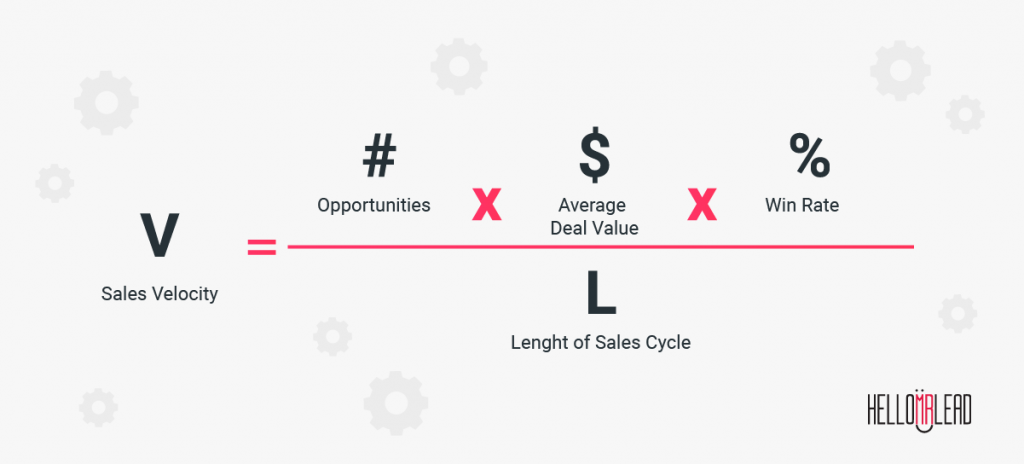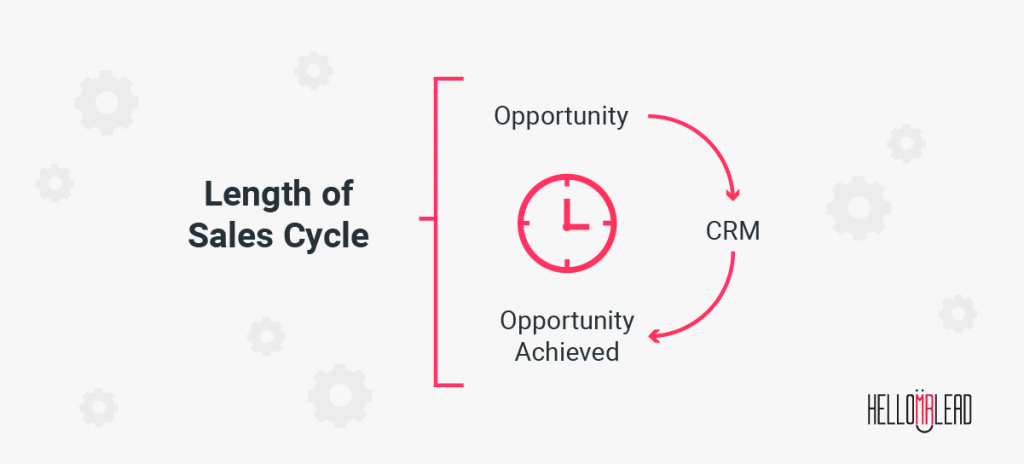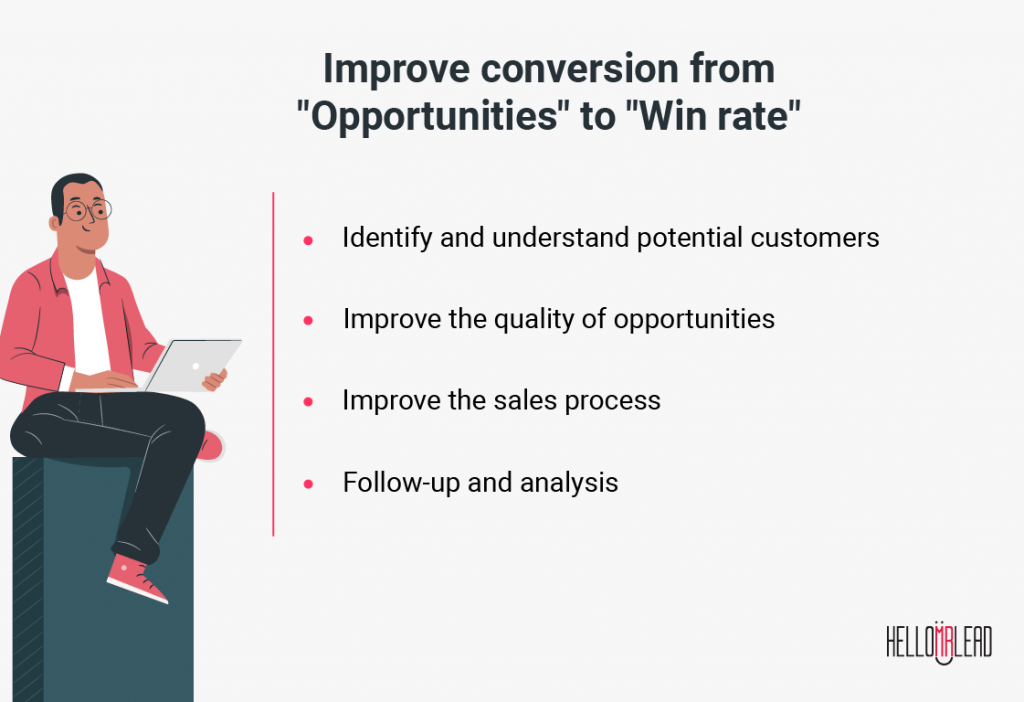We all have been in contact with a chatbot at one point or another, either for online shopping or to ask a question. But what are these services really? This tool is the closest artificial intelligence system to our daily lives. Its main purpose is to help users by answering their questions.
This device has been around for more than 50 years, but it is only now that companies are implementing this tool for their customer services capabilities. Bots are part of intelligence software that aim to perform several predetermined tasks on their own.
They have the ability to deal with natural language processing (NLP), which means that you can have a conversation with them. Thanks to their learning of response patterns and repetition of actions, they can keep a conversation flowing with no problem. It also has the capacity to learn about from the user’s likes and dislikes if it is an advanced algorithm.
Thanks to their responsiveness, they are ideal for eCommerce, digital banking or any business that needs customer service. This is the next step your company needs to automate actions, increasingly necessary in the digital era.
Types of chatbots
Each company has a different role and needs a specific chatbot. Therefore, it is recommended that you evaluate the diversity of chatbots and choose one that best suits your business in order to benefit from it. Below is a list of the types of chatbots so that you can select the one that best suits your company.
ITR (Interactive Text Response) Chatbot
This type of chatbot works through commands instead of artificial intelligence. Its interface is very simple as it emulates a normal conversation through options on the screen. The interaction is directed by the chatbot, so it can determine what the user wants to consult.
Word-spotting Chatbots
This artificial intelligence system works by interpreting keywords which results in predetermined responses. It is not able to interpret either the user’s intention or context.
They can be satisfactory for the company depending on the task it is given. Like this chatbot, there are also multimedia chatbots that are used to make the chat design more attractive.
Smart Chatbots
This type of chatbots go one step further. They are capable of interpreting the user’s natural language, through which they are able to read the context and can create questions from scratch. This makes the conversation much more fluid and dynamic.
Not only are they capable of quick, argument-based answers, but they learn little by little through interactions. Thanks to this learning, users can solve tasks such as booking a plane ticket or making a bank transaction.
Depending on the service your company provides, you will have to choose one operating system or another to determine the work it performs. For this reason, we leave you some chatbots that can be useful to your company in various departments.
It initiates contact with the user when visiting the website so it helps to collect data in a personalized way.
- Chatbot for customer service
This service is one of the most widely used and is responsible for responding to consumer requests and queries.
This chatbot helps to finish the purchase in its last step and to boost engagement in different social networks.
Its main function is to provide personalized content on social networks to consumers, which means it increases engagement.
Advantages
If you are hesitating to implement chatbots in your company, here is a list of benefits for your company and your customers.
Company
- Technological investment.
- Improved brand and reputation.
- Improved conversion.
- Work efficiency.
- Cost reduction.
- Improved sales strategies.
Customers
- Speed in customer service.
- Real time information.
- Convenient and flexible interaction.
- Improves the customer’s web experience.
- Accessibility.
- Qualification of users
Weakness
Some users have had bad experiences when dealing with chatbots, so there’s some reluctance when it comes to having contact with them. We will explain the main points to avoid so that your customers do not get frustrated.
One of the main reasons why consumers avoid these services is that they do not help to solve the problem. It does not allow contact with an agent and the bot does not give any option to solve the issue.
This occurs when the bot appears in every click that the consumer makes on the website. That is, the customer ends up tired of refusing the help of this chatbot and therefore suffers a bad experience on the brand’s website.
This problem is based on the non-functioning of the bot, which means that the user can not talk to an agent but also does not receive help from the chatbot.
It consists of the lack of range of options which means that the customer does not know which option to select since none of them is adapted to his question.
This is one of the most typical errors because, despite the high technology of chatbots, sometimes they do not understand the objective of the conversation. This leads to constant repetition of the question by the consumer and can be linked to bad experience with the brand.
By knowing these types of problems the company should create a more developed chatbot that can avoid these errors and thereby provide good customer service. This will help the company to gain loyalty.
Strategies
The implementation of a chatbot not only stands out as a technological innovation of the company, but behind this service there is a strategy planned so that the company can obtain benefits from it.
Some of the advantages that can take effect after the implementation of a good chatbot strategie are the economic benefits that are generated through subscriptions, advertising or eCommerce.
As we have mentioned before, there is utility for both the company and the consumer. The time savings, the diversity of subscription models or the replacement of search engines can be very proactive elements for the business in question.
How does it work?
The main goal of a chatbot is to help consumers solve their problems. Thanks to artificial intelligence and machine learning this is possible. Many of them can even learn from the user’s tastes and interpret the information.
With the improvement of chatbots, customer service has seen remarkable improvements. This allows the company to offer fst and flexible solutions to the customer without waiting to talk to an agent.
Tasks
Chatbots handle only two tasks, but they can lighten the company’s workload to a higher level.
As mentioned above, once a chatbot is contacted, it will analyze the problem so that it can be categorized into different types and can offer several possible solutions to the consumer.
Once the problem has been analyzed, it is responsible for responding with different solutions. This response action can be of several types:
- Default
- A question to clarify the reason for the inquiry.
- Company data.
- Personalized information based on the proposed information.
In this graph you can see the main tasks performed by chatbots represented by percentages.
Why should you implement it in your company?
Technology has brought countless facilities to business, one of them are the chatbots that not only help to meet the needs of customers, but thanks to this element your company will have a way of approaching the customer.
That is to say, at the time of purchase the user experiences a distant feeling with the company since it does not interact with a person, in this way the user will feel that the company is still advising in different areas. We could say that thanks to this element the company humanizes the purchase through eCommerce.
The system may seem very advanced as it works through Artificial intelligence and many companies might think that they cannot afford it. But, lucky you, the implementation of this service is cheap and also has the ability to adapt to any type of business, regardless of its sector.
Thanks to chatbots, customers can stay connected with the company 24 hours a day, which helps if a user has a problem in the dawn, they can ask for help without having to wait. This means an increase in consumer engagement and a reduction in costs in that time slot.
The user experience benefits significantly as the assistant will be able to provide help to the consumer in a flexible and convenient way. This also enables faster navigation as the chatbot will be available for any help.
How to create them?
There are numerous tools that help us to create, prepare and adapt the chatbot to our website. But the first thing we must be clear about is the objective that this service must fulfill. That is, if it is a small garage that wants to provide the schedule, address, repair consultation or request an appointment, it will have different needs to cover than other sectors.
Let’s use this example to show you the steps to follow when creating your own chatbot.
Once we are clear about the objectives of our chatbot we must train it so that it knows how to respond to any question. For example, we formulate several ways of asking the shedule question so that the chatbot detects it in any formulation.
In this way, it will be trained to respond automatically and the consumer will have the answer he needs. We must program concrete and direct answers so that the user has no room for doubt.
As mentioned above, once the user asks a question, the chatbot must provide a concrete and direct answer. But, this is only possible for very specific questions such as time or address.
In the case of questions with several options such as asking for an appointment or asking for a specific vehicle, the chatbot will work in a different way. And how should we train our chatbot in this case? Very simple. We will call each question a node, so if a question has several options, the chatbot must offer a variety of sub-nodes.
In this way the chatbot will maintain a constant flow of dialogue until it offers the option that the consumer wants. Another element to take into account is the trust threshold. This component will be used to configure the reliability of the chatbot when faced with a question. That is, if we set a very high confidence level, the bot will only relate this intention to the corresponding node when it is very very sure.
On the other hand, if we set a very low threshold, it will mislead the consumer’s intentions and it will be confusing. This is one of the elements that we must configure more precisely so that the user does not feel that he is not understood by the bot and cuts the connection with it.
Best chatbot tools
Once you know how to create your own chatbot, you may wonder, which system should I use? Well, here is a short list that can help you when selecting the program that will help you with the creation of your chatbot.
Chatfuel
This program is mainly focused on Facebook and will help you to create chatbots without any coding. It has variety in terms of chatbots design and you will be able to configure the options that the chatbot will provide. This bot works with predetermined phrases by recognizing intentions.
Aivo
This bot is suitable for all business sectors and allows the company to respond to customers in real time, either by text or even voice. In this way there is personalization of the bot depending on the user.
ItsAlive
This bot works through keyword recognition and offers companies several ways to communicate thanks to an external platform. Thanks to this, the consumer will not feel the frustration of searching for how to contact customer services but there will be a specific platform.
Imperson
This is one of the star bots as it has clients such as Disney, Hyundai, or Johnson and Johnson. If you are looking for experience when creating a bot, this platform is the right one for you.
Importance of chatbots
The need for chatbots today is imminent, which is why many industry giants such as Samsung or Microsoft have decided to invest in this type of field. Artificial Intelligence will be the element that will change the way we work, making everything easier.
Automotion, natural language interpretation or machine learning are just some of the elements that are growing everyday and that in the future will help our companies to have simple work and offer the consumer more pleasant user experiences.
Specifically, chatbots are one of the most used services due to the good assessment of companies. According to a survey conducted by Statista, B2B companies have a successful perception of these services. More than half trust the effectiveness of chatbots in their companies as a good marketing strategy.
In recent years, this sector has not stopped growing and is expected to increase in the future. It is estimated that by 20130 chatbots in the banking and financial services sector will be worth $ 6,830 million. As you can see in the table in these next years the value will not stop growing compared to 2019.
Future predictions are looking bright for chatbots. By next year, it is estimated that companies will save $8 billion in business costs, according to Juniper Research, and thanks to chatbots, businesses will be able to save $0.70 on each interaction with a customer.
But not only will you have economic benefits, you will be facing a winning strategy as the growth of this sector in 2022 will be 3.9 billion dollars. Artificial intelligence will transform departments so that workers have more time for important things.
In this way, bots will be in charge of trivial matters such as claims management or insurance contracting. As a result, the user experience will be redefined by 2024 due to the combination of this type of technology and the natural language of bots.
However, this increase in the artificial intelligence sector is not linked to a shortage of workers. On the contrary, the joint work of human staff and bots could be the perfect combination to improve the business results of any company.
Due to the era of immediacy in which we live, consumers demand 24-hour assistance, so this type of service can be really useful in these situations. Most sectors, from banking to healthcare, need this service to offer the customer a good deal.
Trends
With the rise of chatbots and high investment, this sector is experiencing trends that could be key to business development.
- Voice recognition.
- Machine learning.
- Research bots.
- Natural language processing.
- Relief of administrative tasks.
- Intelligent detection of users.
As we have mentioned artificial intelligence has many applications however it is anticipated that in the future bots will be able to perform actions such as the following:
- Extract information.
- Translator.
- Automatic integration.
- Classify text types.
- Sentiment analysis.
- Recognize spam.
- Identify language.
Use in different regions
The region estimated to grow the most will be North America in market size. In contrast, APAC will experience an increase in growth rate due to the number of investments in both the public and private sector in AI technologies.
From 2019 with $4.2 million, a growth of up to $15.7 million in 2024 is expected in this sector. Europe will also be one of the fastest growing continents, in terms of the artificial intelligence market, after North America.
The ranking of territorial areas with the greatest potential for growth in the conversational intelligence sector is as follows:
- North America.
- Europe.
- APAC.
- MEA.
- Latin America.
The constant use of cell phones, the growth of applications based on natural language and the increase in technological investments lead to an exponential increase in this sector. This is both an administrative and economic boon for companies.
Bots require quite a bit of work to deliver the desired function to the consumer. However, if the company finally implements it through good training, the benefits of these are enormous. So it will win in this technology battle.
The future is full of technological services that will help us both on a personal and business level. In fact, the journey of chatbots has only just begun. Thanks to the investment in artificial intelligence by large companies, these systems will go a long way in the coming years in changing the way companies and consumers interact.














